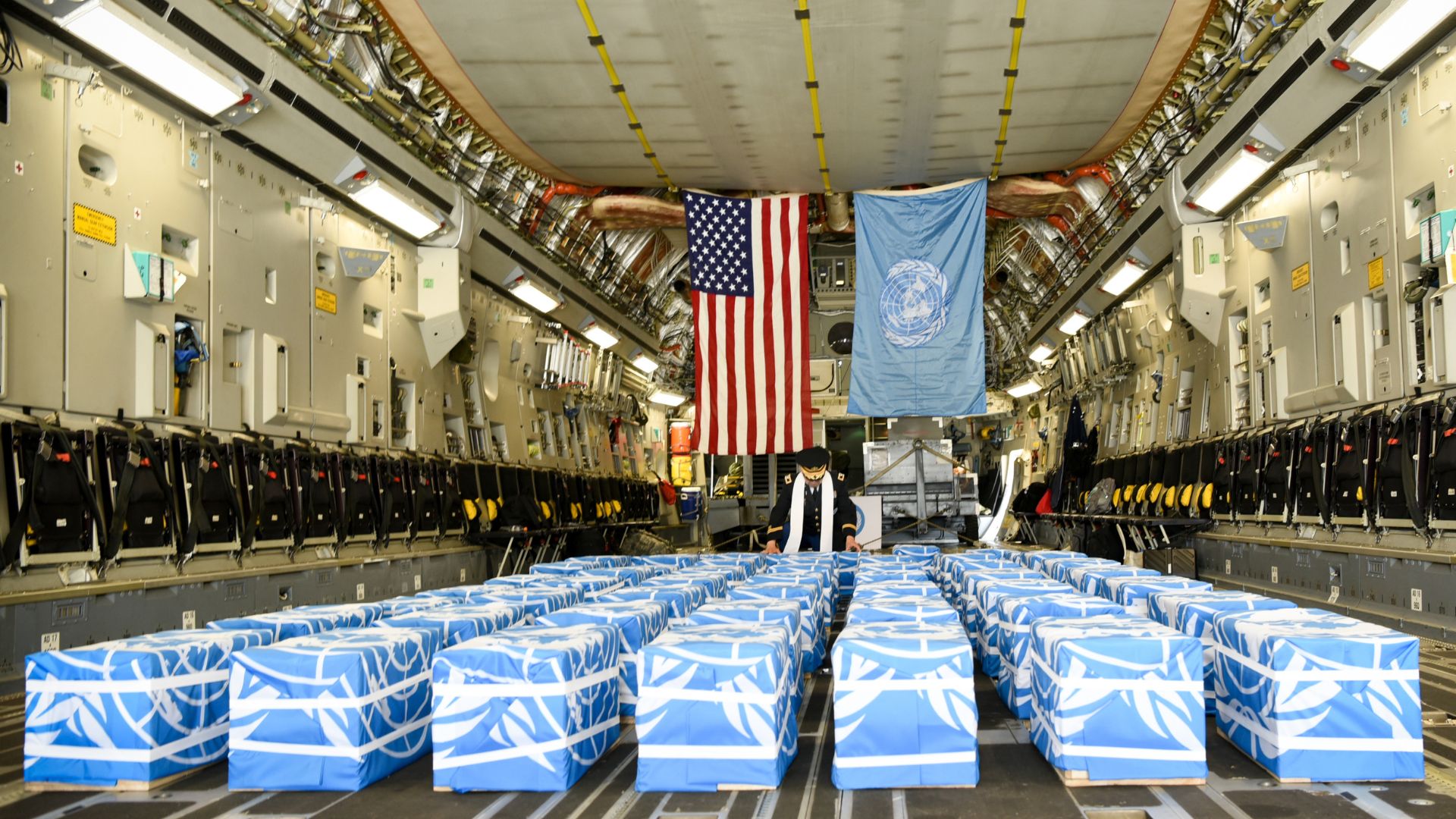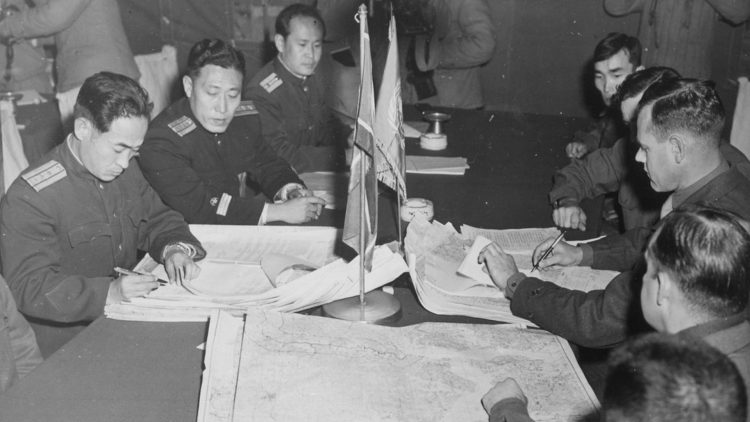On July 27, 1953, a weary world breathed a sigh of relief. The Korean Armistice Agreement, signed at the tense Panmunjom, brought an end to three grueling years of conflict that had ravaged the Korean Peninsula. A war that claimed the lives of an estimated 4 million souls finally ceased.
A Truce, Not Peace
Yet, the signing of this armistice was not a celebration of peace. It was a fragile truce, a temporary pause in a conflict that remains unresolved to this day. The agreement established a Demilitarized Zone (DMZ) to separate North and South Korea, symbolizing the ongoing division.
The Korean War was a microcosm of the Cold War, a proxy battle between the United States-backed South and the Soviet-supported North. The peninsula became a battleground as ideological lines hardened, and millions of ordinary people suffered the consequences.
The path to the armistice was fraught with challenges and setbacks.
The war began in 1950 when North Korea invaded South Korea, triggering a massive UN-led counteroffensive. The conflict escalated rapidly, with China entering the war on the side of North Korea. A stalemate ensued, with both sides inflicting heavy casualties. As the war dragged on, international pressure for a ceasefire grew, leading to the arduous negotiations at Panmunjom that ultimately produced the armistice.
But while the truce halted the bloodshed, it did not heal the wounds.
The Korean people continue to bear the scars of war, divided by a border that remains one of the world’s most heavily fortified. The threat of renewed conflict has never gone away, and achieving long-term peace remains elusive.
Today, as we commemorate the 71st anniversary of the Korean Armistice, it is essential to remember the sacrifices made by countless individuals—a somber reminder of war’s human cost and its enduring power.
A Look Back
On this same day in 2018, in a rare act of cooperation, North Korea returned the remains of what is believed to be US servicemen killed during the Korean War.
A US military plane made a historic trip to North Korea to retrieve 55 cases containing the remains. This repatriation was a tangible outcome of the Singapore Summit between President Donald Trump and North Korean leader Kim Jong Un, where both leaders committed to recovering the remains of fallen soldiers.
While the act was largely symbolic, it represented a small step towards reconciliation and offered a measure of closure to the families of those missing in action.

A Seven-Decade Stalemate… and Still Counting
Seven decades on, the Korean Peninsula remains a tinderbox.
Although the world has changed dramatically since 1953, underlying tensions between North and South Korea still remain, especially with the threat of nuclear weapons, as well as North Korea’s ongoing missile program that further heightened global concerns.
Nevertheless, the hope for a peaceful resolution continues. Diplomatic efforts continue, with the international community seeking common ground and fostering trust.
—
Disclaimer: SOFREP utilizes AI for image generation and article research. Occasionally, it’s like handing a chimpanzee the keys to your liquor cabinet. It’s not always perfect and if a mistake is made, we own up to it full stop. In a world where information comes at us in tidal waves, it is an important tool that helps us sift through the brass for live rounds.










COMMENTS
You must become a subscriber or login to view or post comments on this article.